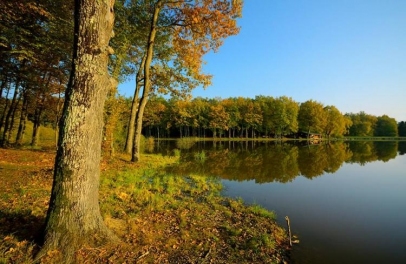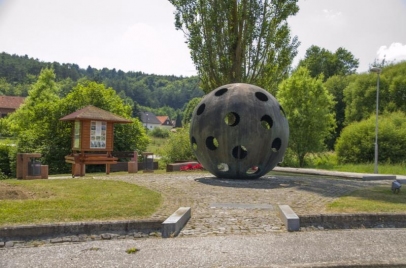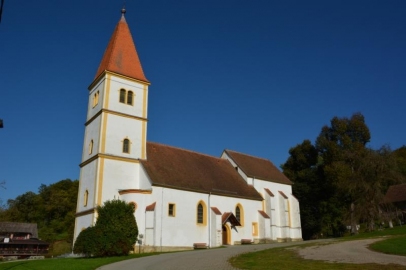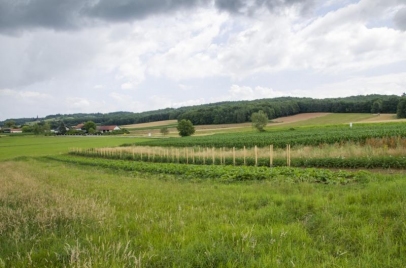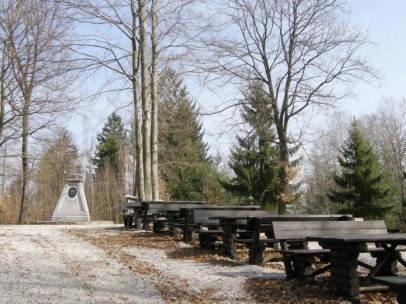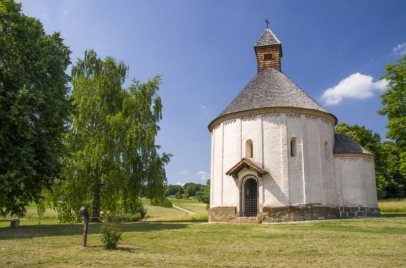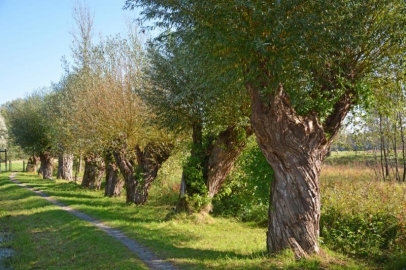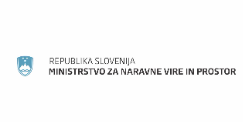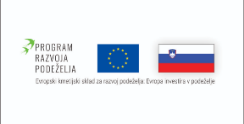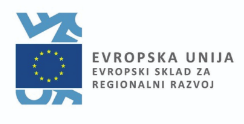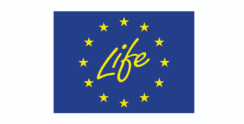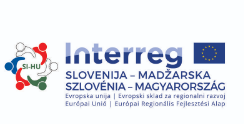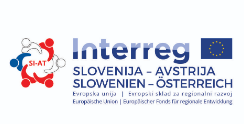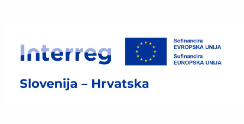About Goričko Nature Park
Goričko region is a landscape with low hills and it is located in the northeastern part of Slovenia. This hilly surface is divided with creeks, which have washed away the sediments and formed wide valleys. The humans buildt settlements in these valleys and also inhabitated ridges and slopes of the hills. One of the most beautiful views of this landscape can be seen from the highest point of Prekmurje, Sotina Hill on 418 m of elevation. From here you can see the whole Ledava valley, Ledava lake, and also other parts of Slovenia like Boč, Donačka gora and Pohorje hills.
Goričko is divided in 11 municipalities with 90 settlements and around cca. 17.000 inhabitants. In the centres of these settlements there are usualy firehouses and rising towerbells from different kinds of churches, which are signal that we are located in the region with diverse religions. Goričko is one of the most diverse regions in Slovenia. On Goričko there are united believers of catholic, evangelical, pentecostal, baptist and calvin cristian church. The nationality and ethnicity composition is also quite diverse. On the eastern border with Hungary, with the exeption of village Kobilje village, there is present The Hungarian National Minority. In some villages on Goričko there live also members of the Roma ethnicity group. Each group of people contributes important par to the rich cultural mosaic of Goričko.
Goričko is without major central city, this role is done by Murska Sobota in Ravensko region. The bigest settlement on Goričko is Grad, in which the biggest baroque castle in Slovenia is located. This castle is also the headquarters of The Goričko Nature Park Public Institute, which manages the protected area of nature – The Goričko Nature Park.
Beacause of constant periferal position throughout the history, the economy of Goričko was always stagnating. Thus, the region was deprived of important traffic roads, the development of industry, major settlements and other infrastructure. The people of Goričko were always mostly farmers and crafstsman. They farmed on the small fields, had some lifestock and almost all had an orchard and a small vineyard. In the valleys and on slopes of the hills there were fields, meadows and pastures, on the southern slopes with the higher angles there were orchards and vineyards. On the terrain where farming was not possible, there remained forest. Near the meandring streams there were mostly wetlands and wet meadows. The people of Goričko created many different, small habitats and rich landscape diversity, which of course contributed to the high level of biodiversity. With this way, man and nature on Goričko lived with hand in hand.
The same case is present today. Former rurality today depicts opportunity and advantage. Remotenes of the region enabled preservation of rich natural and cultural environment. The combination of nature creativity and humble, working people of Goričko is still the most valuable feature of Goričko region. Goričko was protected as Nature park in year 2003 and is included in European network of protected areas Natura 2000. The Goričko Nature Park today covers 462 km2.

